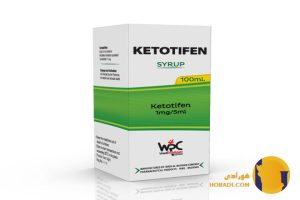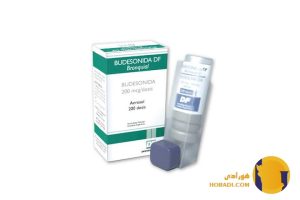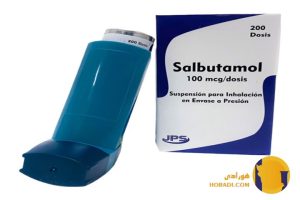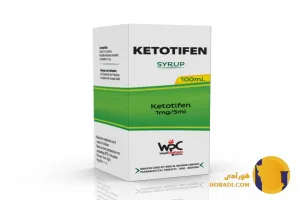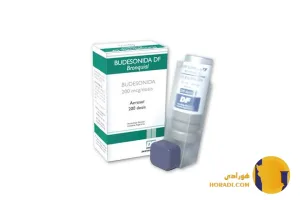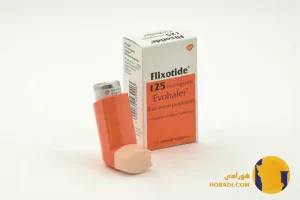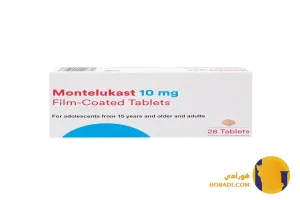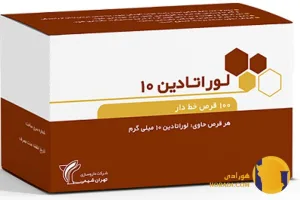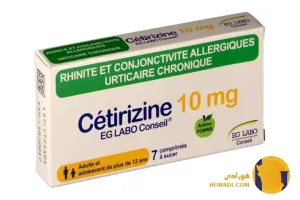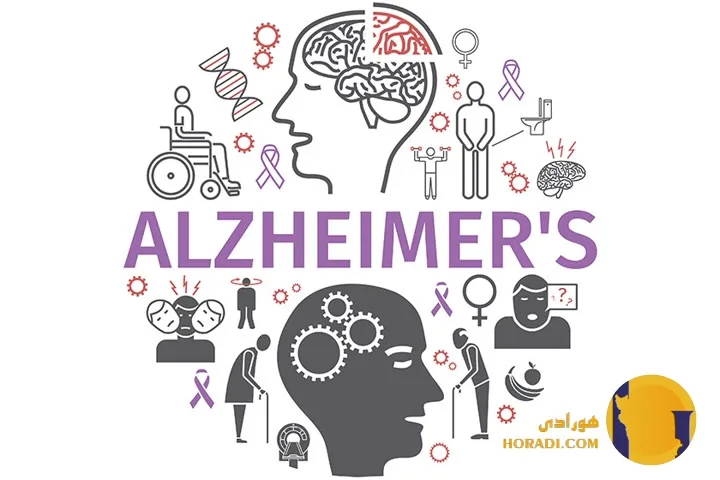
New Alzheimers Treatment What We Know in 2025
Alzheimer’s disease, one of the most devastating neurodegenerative conditions, has long eluded effective treatment, but 2025 marks a pivotal year of hope. New Alzheimers Treatment What We Know in 2025
Understanding Alzheimer’s Disease Why It Remains a Mystery
Alzheimer’s disease is the most common form of dementia, affecting millions of people globally and causing memory loss, cognitive decline, and personality changes. Unlike other chronic diseases where treatments can stabilize or reverse symptoms, Alzheimer’s has historically proven resistant to breakthroughs. Researchers have struggled with its complexity, as it involves multiple biological processes accumulation of amyloid plaques, tau protein tangles, inflammation in the brain, and progressive neuronal death.
The reason scientists call it a “mystery” is that even after decades of study, it is still unclear whether amyloid or tau is the root cause or merely a byproduct. This uncertainty makes developing therapies much harder, since targeting one aspect often leaves the disease advancing in another way.
The Urgent Need for Better Therapies
By 2025, Alzheimer’s affects over 50 million people worldwide, with numbers expected to triple by 2050 as populations age. Beyond memory loss, the disease places tremendous emotional and financial burdens on families, caregivers, and healthcare systems. Existing drugs like donepezil and memantine provide only temporary symptom relief and do not slow the underlying progression.
This urgency has fueled global collaboration, with governments, pharmaceutical companies, and universities investing billions of dollars into research. The stakes are high finding an effective treatment would not only transform patient care but also reshape public health economics worldwide.
Breakthroughs in Monoclonal Antibody Therapy
The most significant development in recent years is the approval and rollout of monoclonal antibodies that target amyloid-beta, the protein linked to Alzheimer’s plaques. Drugs like lecanemab and donanemab have gained attention because clinical trials showed they can modestly slow cognitive decline in early-stage patients.
While these drugs are not cures, they represent the first therapies to demonstrate disease-modifying potential. Patients on monoclonal antibodies show slower memory loss and improved ability to perform daily activities compared to placebo groups. However, the treatments come with challenges they require intravenous infusions every few weeks, are very expensive, and sometimes cause side effects such as brain swelling or micro-bleeds.
The Debate Around Amyloid
A major debate in the Alzheimer’s field is whether targeting amyloid alone is enough. Critics argue that decades of “amyloid obsession” have distracted from other pathways like tau tangles, vascular health, and neuroinflammation. Supporters counter that the recent successes prove amyloid therapies have real value—especially when administered early, before significant brain damage occurs.
The consensus emerging in 2025 is that amyloid treatment is likely one piece of a multi-layered puzzle. Combining it with other approaches may finally deliver stronger results.
Targeting Tau Proteins The Next Frontier
If amyloid plaques are the spark, tau tangles may be the fire that spreads Alzheimer’s damage. New therapies are being developed to block tau accumulation, stabilize microtubules, or even remove toxic tau fragments from brain cells.
Several tau-targeting drugs are in mid- and late-stage clinical trials, with early results suggesting they may help reduce cognitive decline. Scientists believe the future lies in combining amyloid and tau therapies, creating a dual-attack strategy to slow or halt disease progression more effectively.
Anti-Inflammatory and Immune-Based Approaches
Another exciting area is neuroinflammation. Evidence shows that chronic brain inflammation accelerates neuronal death in Alzheimer’s. In 2025, new trials are testing drugs that regulate the brain’s immune cells, known as microglia, which can either protect neurons or destroy them depending on how they are activated.
Some experimental drugs aim to “retrain” microglia to clear amyloid and tau more efficiently, without causing collateral damage. Others use immune-modulating therapies borrowed from cancer research, where immune cells are engineered to seek and destroy harmful proteins in the brain.
Gene Therapy and CRISPR Prospects
Although still early, gene-editing tools like CRISPR are being explored for Alzheimer’s. The idea is to repair or silence genes linked to higher disease risk, such as APOE4, the genetic variant most strongly tied to Alzheimer’s. Animal models have shown promise, but human application is years away.
Still, 2025 marks a growing optimism that gene therapy may one day prevent Alzheimer’s in high-risk individuals or significantly delay its onset.
Lifestyle and Prevention A Critical Complement
Even as drug development advances, doctors emphasize that lifestyle factors remain critical. Studies consistently show that regular exercise, a Mediterranean-style diet, quality sleep, social engagement, and lifelong learning can reduce risk or delay symptoms.
In fact, prevention strategies may prove as important as medical treatments. If Alzheimer’s can be delayed even five years, global cases could be cut nearly in half. This is why organizations are now promoting brain health as aggressively as heart health.
The Role of Artificial Intelligence in Alzheimer’s Research
AI is revolutionizing how Alzheimer’s is studied and diagnosed. Machine learning algorithms analyze massive datasets from brain scans, genetic profiles, and medical records to detect early signs years before symptoms appear.
By 2025, AI-driven tools are being tested to predict individual patient responses to specific drugs, personalizing treatment in ways previously unimaginable. This approach could ensure patients get the therapies most likely to help them, while avoiding unnecessary risks.
Accessibility and Cost Challenges
While the science is promising, accessibility remains a major concern. Monoclonal antibody therapies cost tens of thousands of dollars per year, raising questions about affordability and insurance coverage. Many healthcare systems are grappling with whether these treatments should be provided universally or only to those who can afford them.
Advocacy groups argue that breakthroughs should not create a two-tiered system where only wealthy patients benefit. Discussions are ongoing in the U.S., Europe, and Asia about subsidies, price negotiations, and public health funding models.
What the Future Holds for Alzheimer’s Treatments
The outlook for Alzheimer’s in 2025 is cautiously optimistic. For the first time, there is a tangible shift from symptom management to disease modification. While the road is long and no cure exists yet, patients now have more hope than ever before.
Experts believe the next decade will bring combination therapies, just as HIV and cancer treatments became effective only when multiple drugs were used together. Gene therapy, AI-driven precision medicine, and lifestyle-based prevention will all play roles in shaping a multi-pronged defense against Alzheimer’s.
Conclusion A Turning Point in the Alzheimer’s Battle
Alzheimer’s remains one of medicine’s greatest challenges, but 2025 represents a true turning point. For patients and families who have waited decades for progress, the arrival of disease-modifying therapies, combined with new scientific directions, signals that hope is finally becoming reality.
The journey is far from over, but humanity stands closer than ever to rewriting the story of Alzheimer’s disease.





